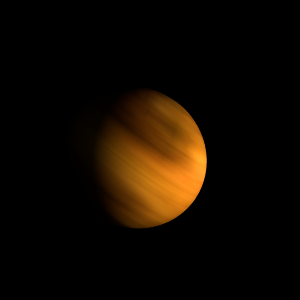|
|
Space Astro
|
Info for exoplanet "Buhyo-i"
| Scientific (actual) data |
|---|
| Name | KPNO-Tau 9 |
| Planet status | Confirmed |
| Planet mass | 20 |
| Radius | 2.2 |
| Semi major axis | 690 |
| Angular distance | 108.51 |
| Discovered | 2002 |
| Updated | 2025-08-16 |
| Temperature (kelvin) | 2907 |
| Publication | Published in a refereed paper |
| Detection type | Imaging |
| Mass measurement type | Spectrum |
| Alternate names | 2MASS J04355143+2249119, XEST08-049 b |
| Star name | XEST08-049 |
| Right ascension | 68.97° |
| Declination | 22.85° |
| Star distance | 160.75 |
| Star metallicity | 0.01 |
| Star mass | 0.4 |
| Star radius | 1.56 |
| Star sp type | M4.2 |
| Star age | 0.0016 |
| Star temperature | 3467 |
| Star alternate names | 2MASS J04355286+2250585 |
| Wikipedia article | KPNO-Tau 9 |
Back
| |
| Fictional info (?) |
|---|
| Suggested name | Buhyo-i |
| Planet type | Huge cold gas giant |
| Having almost no atmosphere to retain heat, it has surface temperatures that vary diurnally more than on any other planet in its solar system, ranging from 95°K (-178°C) at night to 420°K (147°C) during the day across the equatorial regions.
The volume of water ice in the south polar ice cap, if melted, would be sufficient to cover the entire planetary surface to a depth of 16 meters.
Because of its fast rotation, the planet's shape is that of an oblate spheroid (it has a slight but noticeable bulge around the equator). |
| Atmosphere | Formaldehyde | 58% |
| Ozone | 29% |
| Carbon monoxide | 12% |
| Molecular hydrogen | 0.0091% |
| Atmospheric pressure | 60 bar |
 |
| No known satellites |
| Google search for Buhyo-i |
|
Website by Joachim Michaelis
|
|
|
|